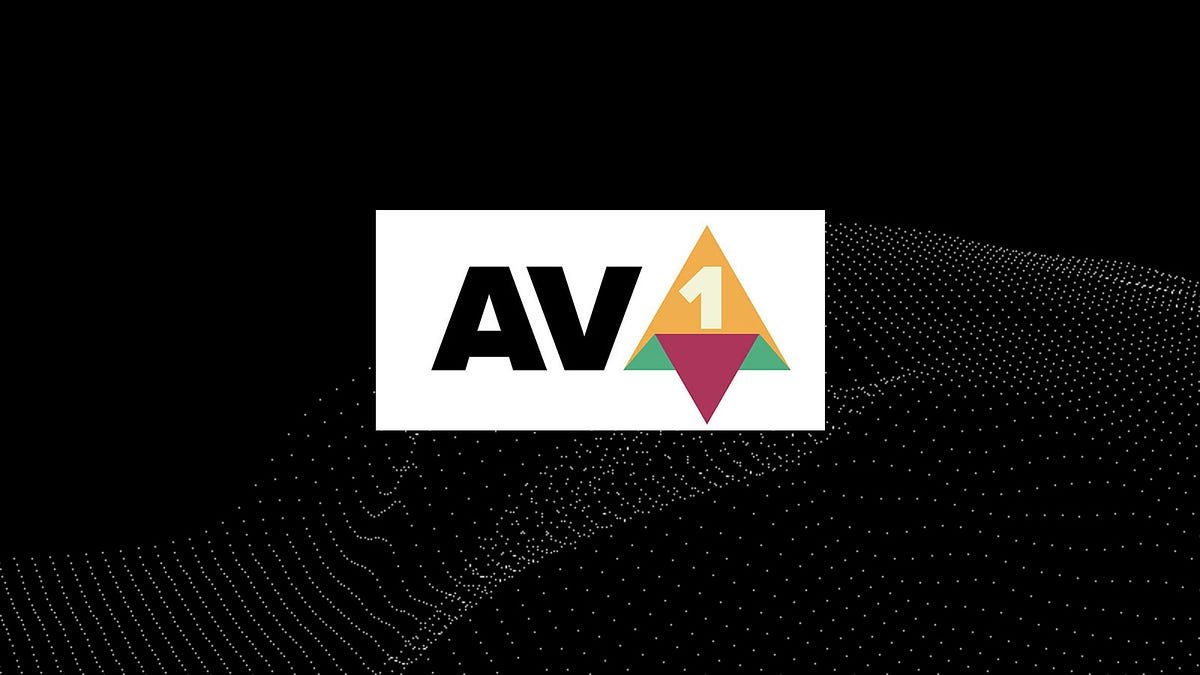
YouTube has recently made the AV1 codec its default setting for video streaming, a move that promises enhanced video quality and reduced data usage. However, this transition has received mixed reactions from Android users, particularly those with older or less capable devices.
Understanding AV1 Codec
The AV1 codec, developed by the Alliance for Open Media, is designed to be more efficient than its predecessors like VP9 and H.264. By using advanced compression techniques, AV1 allows for smoother streaming of HD content at lower data rates. However, the codec requires more processing power, which can be a challenge for devices without dedicated AV1 decoding hardware.
Impact on Android Users
The transition to AV1 has been seamless for users with newer Android devices that support the codec natively. These devices can enjoy higher quality videos without an increase in buffering or data usage. However, users with older Android models have experienced performance issues, such as increased battery drain and overheating, due to the intensive computational demand of software-based AV1 decoding.
Industry Impact and User Reactions
This move by YouTube could drive widespread industry changes, pushing other platforms and device manufacturers to adopt AV1 to stay compatible with YouTube’s requirements. While new models like those from MediaTek’s Dimensity series support AV1, older models may struggle without hardware updates.
Industry and Device Support
Google has been proactive in fostering AV1 adoption, mandating its support in new Android TV models and integrating it within YouTube’s streaming protocols. This push is part of a broader industry trend towards adopting AV1, with other platforms and device manufacturers also embracing the codec to future-proof their ecosystems against rising data demands.
YouTube’s shift to AV1 by default marks a significant step in internet video streaming, aiming to balance data efficiency with high-quality video delivery. While this move benefits users with compatible devices, it highlights the need for continued hardware advancements and user education to ensure a smooth transition for all.






















